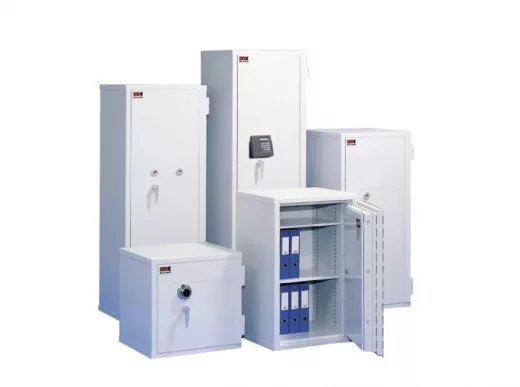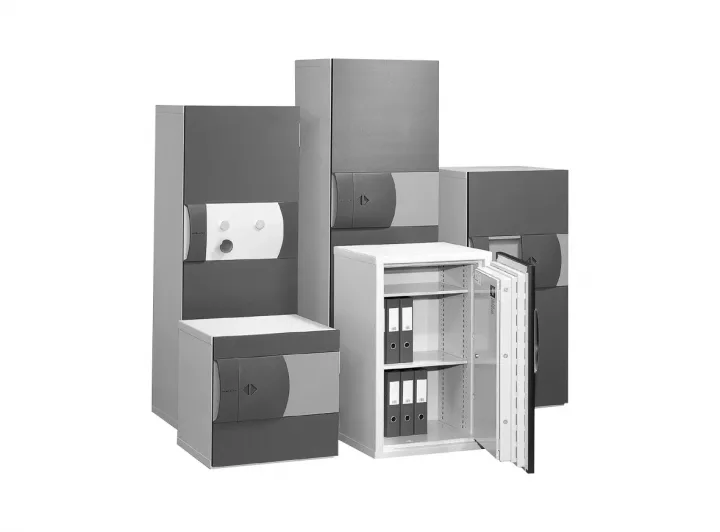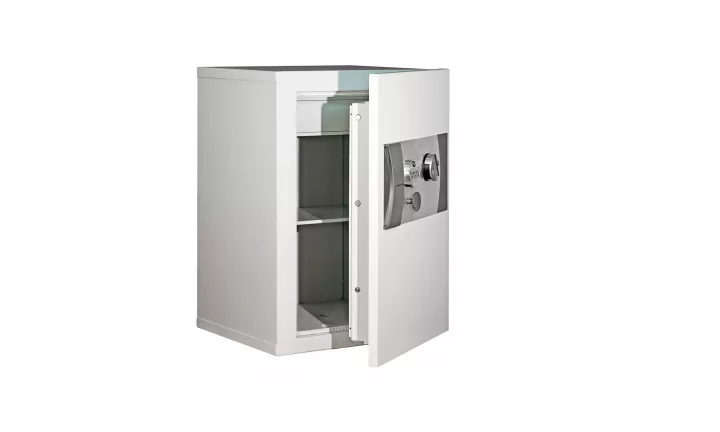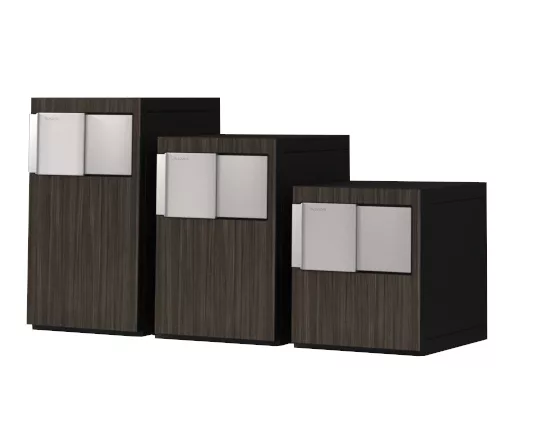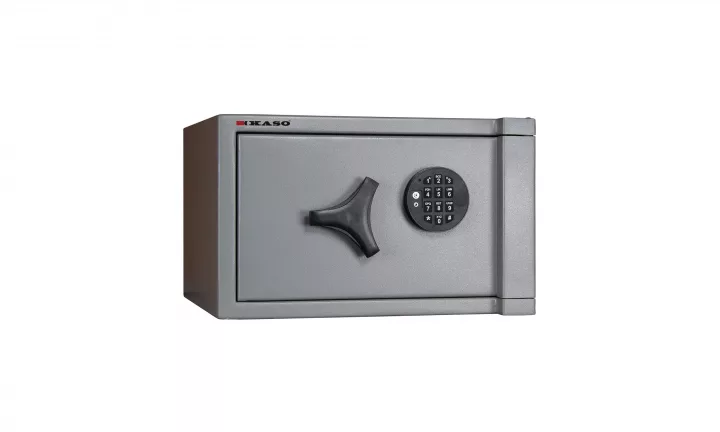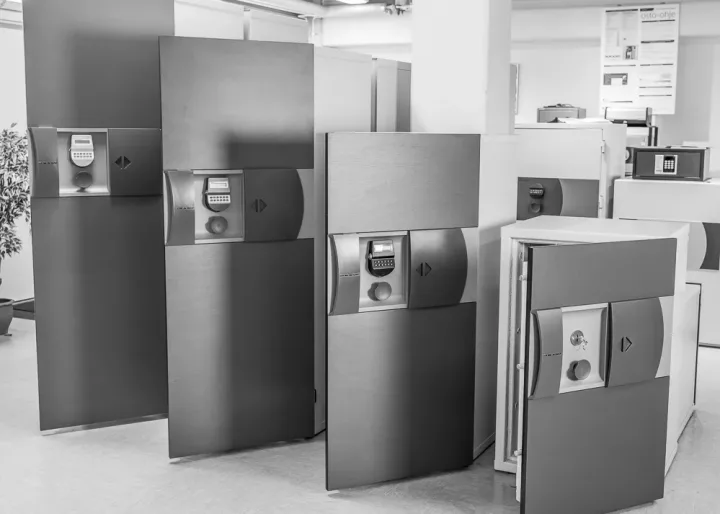Find the right solution for you
A home or office safe gives you a peace of mind knowing that your important articles are protected. Whether you are looking for fire-protection, water-protection or burglary-protection, it is important to do your research and choose a safe based on your needs. With a small investment, you will be able to rest well knowing that your precious items are safe and well-protected.
Burglary classified safes are offering protection against unauthorized break‐in attempts. Fire classified security cabinets however are designed for fire protection. The selection of the right type of security storage is depending on the security requirements. Available are also safes with both fire and burglary classification.
